In today’s digital landscape, websites are powerful tools for lead generation. By strategically using landing pages, calls-to-action (CTAs), and forms, businesses can enhance their website lead generation efforts. This blog post will guide you through best practices to create high-converting landing pages, compelling CTAs, and user-friendly forms, ultimately showing how they can work together to maximize lead generation on your website.
Table of Contents
- Introduction: The Importance of Lead Generation for Websites
- Landing Pages – How to Create High-Converting Landing Pages
- CTAs – Best Practices for Compelling Call-to-Actions
- Forms – Designing User-Friendly Lead Capture Forms
- Integration – How Landing Pages, CTAs, and Forms Work Together for Maximum Lead Generation
- Conclusion: Key Takeaways for Effective Website Lead Generation
Introduction: The Importance of Lead Generation for Websites
For any business aiming to grow its online presence, website lead generation is crucial. With the right strategies, your website can serve as an effective sales tool, helping to attract potential customers, engage them, and guide them towards making a purchase or filling out an inquiry form.
One of the most effective ways to drive website lead generation is through the combined use of landing pages, call-to-actions (CTAs), and lead capture forms. When executed well, these elements can significantly boost conversions and help you collect valuable leads. In this blog post, we’ll break down how to optimize these three key components to enhance lead generation on your website.
Landing Pages – How to Create High-Converting Landing Pages
Landing pages are standalone web pages designed with one goal: to convert visitors into leads. Unlike general website pages, landing pages are focused on a single purpose, typically aligned with a specific campaign, offer, or product. When creating high-converting landing pages for website lead generation, consider the following elements:
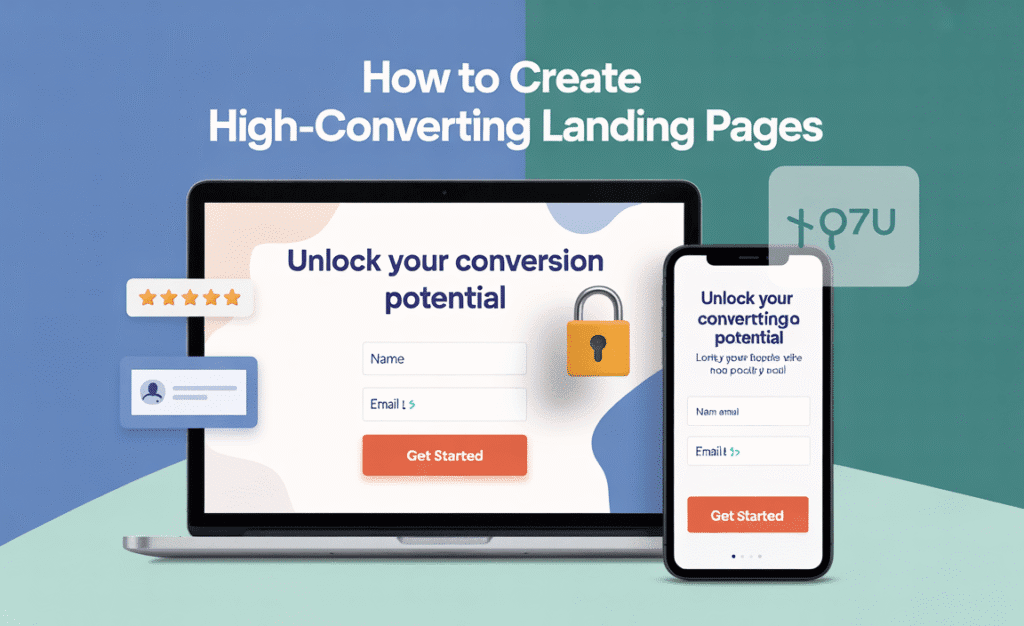
Clear and Compelling Headlines
Your landing page’s headline should instantly communicate what the visitor will gain. The headline needs to be clear, concise, and relevant to the offer. For example, if you’re offering a free ebook on digital marketing, a headline like “Unlock the Secrets of Digital Marketing with Our Free Guide” is straightforward and enticing.
Relevant Content and Value Proposition
The content on your landing page should explain the offer in detail and showcase its value. This could include benefits, testimonials, and brief explanations of how your offer solves the visitor’s problem. For instance, highlighting how your free ebook can help businesses increase their online sales could compel the visitor to take action.
Minimal Distractions
For maximum website lead generation, your landing page should eliminate any distractions. Keep it simple and focused. Remove unnecessary navigation links, sidebars, and pop-ups that could divert attention away from the primary call-to-action.
Visual Appeal and Trust Signals
Incorporate high-quality visuals that support the offer and make the page more engaging. Use trust signals like testimonials, security badges, and privacy policies to build credibility and reassure visitors about their data’s safety.
Mobile Optimization
With an increasing number of users accessing websites via mobile devices, ensure your landing pages are mobile-friendly. A responsive design improves user experience, which can lead to higher conversions.
CTAs – Best Practices for Compelling Call-to-Actions
A call-to-action (CTA) is the key element that prompts visitors to take action on your landing page, whether it’s downloading a resource, signing up for a newsletter, or requesting a demo. A strong CTA is vital for lead generation websites. Here are the best practices to ensure your CTAs are effective:
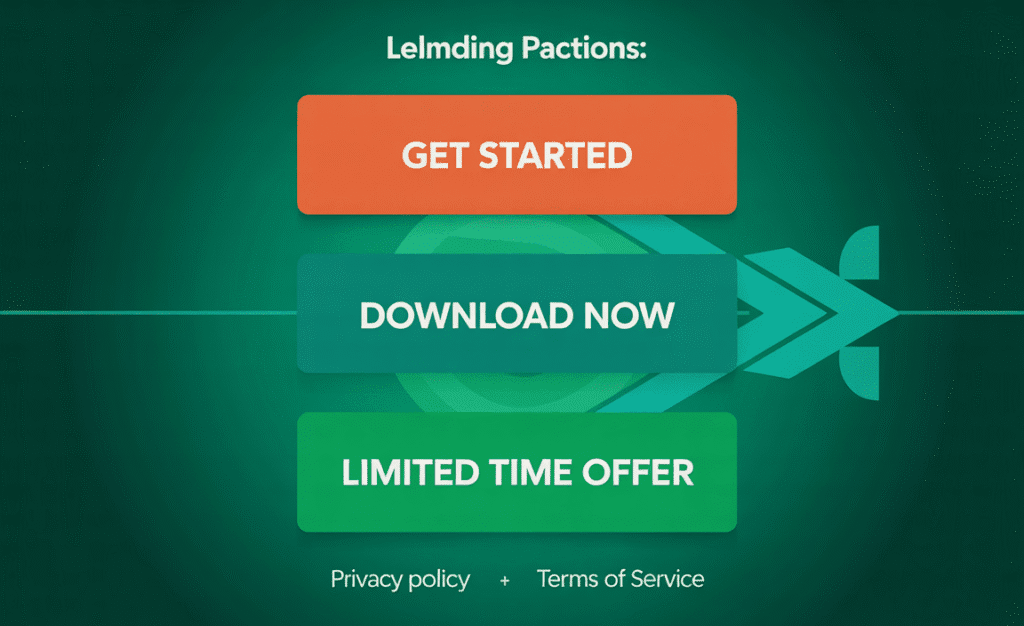
Make the CTA Clear and Action-Oriented
Your CTA should clearly state what action you want the visitor to take. Use action verbs like “Download,” “Get Started,” “Claim Your Offer,” or “Request a Demo” to make the CTA compelling and clear. For example, instead of a generic “Submit,” try something more specific like “Download Your Free Guide Now.”
Create a Sense of Urgency
Encourage immediate action by incorporating urgency in your CTA. Use words like “Limited Time Offer,” “Last Chance,” or “Only X Spots Left” to create a sense of urgency and motivate users to act before it’s too late.
Use Contrasting Colors
Your CTA button should stand out on the page. Choose a color that contrasts with the background but still complements your website’s overall design. A bright, attention-grabbing color can make the CTA more noticeable and clickable.
Place CTAs Strategically
Position your CTAs where visitors are most likely to act. Include them above the fold, in the middle of your content, and at the bottom of the page. If your landing page includes multiple CTAs, ensure each one leads to a clear, related action.
Forms – Designing User-Friendly Lead Capture Forms
Forms are essential for capturing lead information from website visitors. The design and usability of your forms can have a direct impact on website lead generation. Here’s how to optimize your forms:
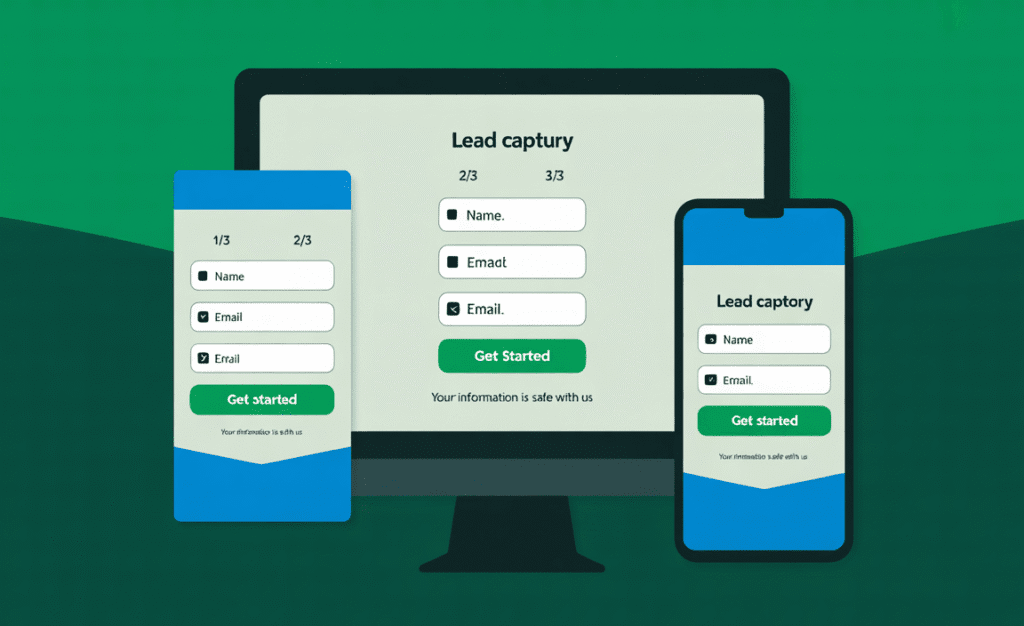
Keep Forms Short and Simple
Only ask for the most necessary information. For instance, requesting a name and email address is often enough for a lead capture form. The more fields you ask visitors to fill out, the more likely they are to abandon the form. Avoid overwhelming them with lengthy forms.
Use Multi-Step Forms for Better User Experience
If you need to collect more information, consider using multi-step forms. These forms break the process into smaller, manageable sections, reducing the perception of effort and improving user experience.
Offer Value in Exchange for Information
Give visitors a reason to fill out the form. Offering something of value, like a free consultation, ebook, or discount, will make them more willing to provide their contact details. Be clear about what they’ll receive and how it will benefit them.
Ensure Mobile Compatibility
As with landing pages, make sure your forms are mobile-optimized. Forms should be easy to fill out on mobile devices, with large input fields and responsive design to prevent frustration.
Add a Privacy Statement
Assure visitors that their information will be kept secure. Including a short privacy statement near the form can help build trust and increase conversions.
Integration – How Landing Pages, CTAs, and Forms Work Together for Maximum Lead Generation
When properly integrated, landing pages, CTAs, and forms work harmoniously to create an optimized lead generation website. Here’s how:
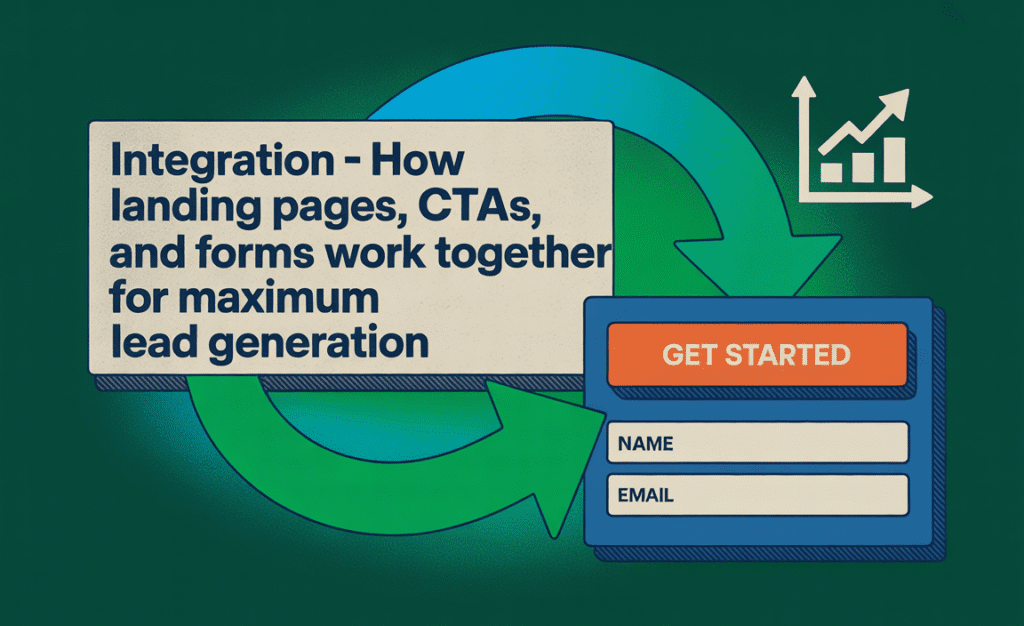
- Landing pages act as dedicated spaces for focused offers, driving visitors toward a specific conversion goal.
- CTAs guide the visitor through the conversion process, prompting them to take action immediately.
- Forms capture vital lead information, allowing you to continue the conversation with potential customers.
By ensuring these elements work together seamlessly, you create a frictionless lead generation process that maximizes conversions and boosts your lead pipeline.
Conclusion: Key Takeaways for Effective Website Lead Generation
Website lead generation is essential for businesses that want to grow their online presence. By creating high-converting landing pages, crafting compelling CTAs, and designing user-friendly forms, you can build a powerful lead generation funnel that drives results. Integrating these elements ensures a seamless and effective process for capturing leads.
Start optimizing your website lead generation strategy today! If you’re looking for help with website design or optimizing your lead-generating websites, contact us for a consultation on creating a high-converting lead generation website design.

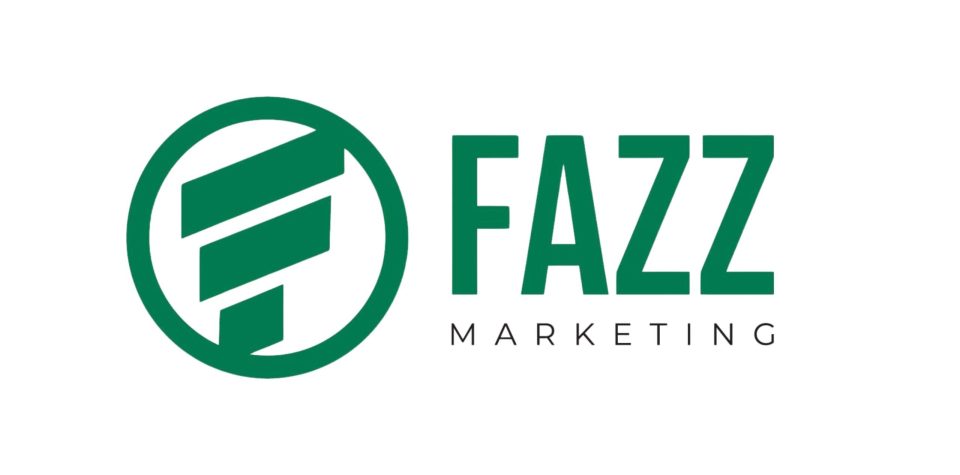
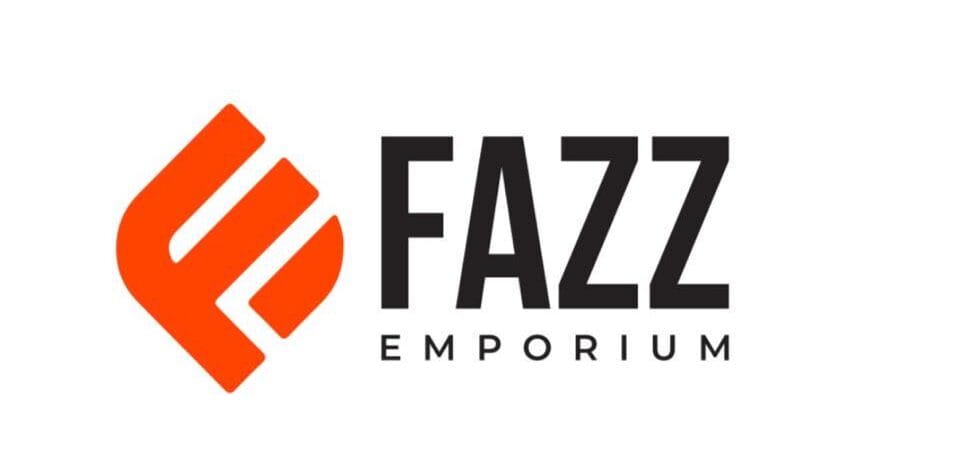
Pingback: How Micro-Personalization is Transforming B2B Sales Strategies in 2025 – Fazz Marketing